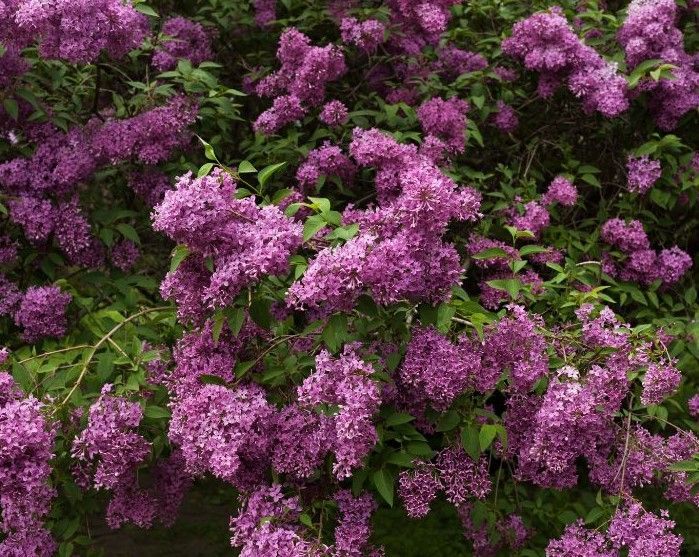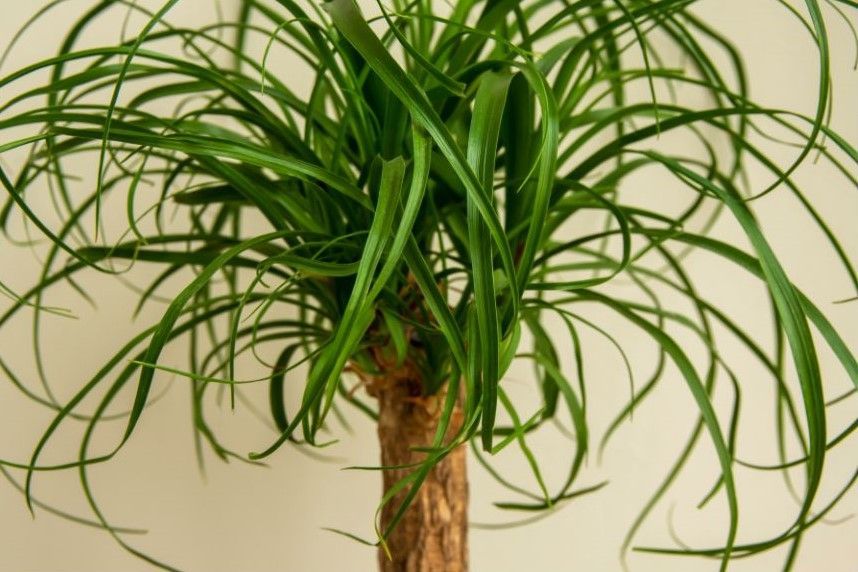February 26, 2025
If you’re searching for the perfect indoor plant, the ponytail palm ( Beaucarnea recurvata ) is a strong contender — but is it really the best houseplant? This quirky, sculptural plant is famous for its graceful, cascading leaves and its thick, water-storing trunk, giving it a unique blend of tropical elegance and desert resilience. Ponytail palms have become a favorite among houseplant enthusiasts for good reason: they’re incredibly low-maintenance, adapt to a wide range of indoor conditions, and rarely fall victim to common houseplant pests. Whether you’re a seasoned plant parent or someone who forgets to water for weeks at a time, this hardy plant fits into almost any lifestyle. In this article, we’ll explore what makes the ponytail palm special, why it’s such a great houseplant, and how it compares to other popular indoor plants. You’ll also discover some of the bonus perks that make this plant particularly appealing to indoor gardeners — from its petite size and modern aesthetic to its long lifespan and ability to thrive on neglect. However, no plant is perfect. While the ponytail palm checks many boxes, there are a few considerations that might make it less than ideal for certain homes, such as its preference for bright light and its mild toxicity to pets. So — is the ponytail palm truly the best houseplant? Let’s dive in and find out.








